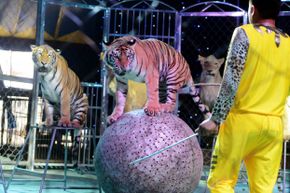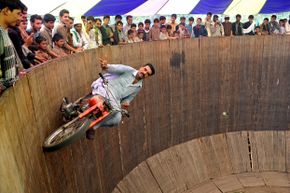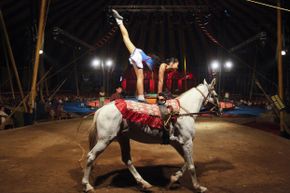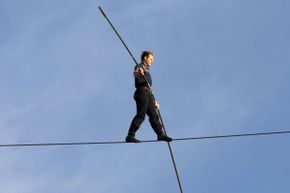Have you ever gone to a circus and thought, "Oh, yawn, that didn't seem too dangerous"? Because — forgive me if I'm being a wimp here — I think pretty much every circus act is terrifying. Sure, this could be relative to my rather staid life, but the whole point of the circus is to have a bit of danger in every act to keep the audience gasping. And don't think the clowns are getting out of this: Physical comedy can be treacherous, after all.
But our list is going to include the best of the best ... or the worst of the worst, depending on how you see it. We'll recount some traditionally dangerous circus acts that still get a lot of "oohs" and "aahs" but also have a history of injury or even death. You've probably heard of a few of the acts, but you might be surprised to discover the danger behind them. Let's start off with one we probably all agree is risky: fire breathing.
Advertisement










